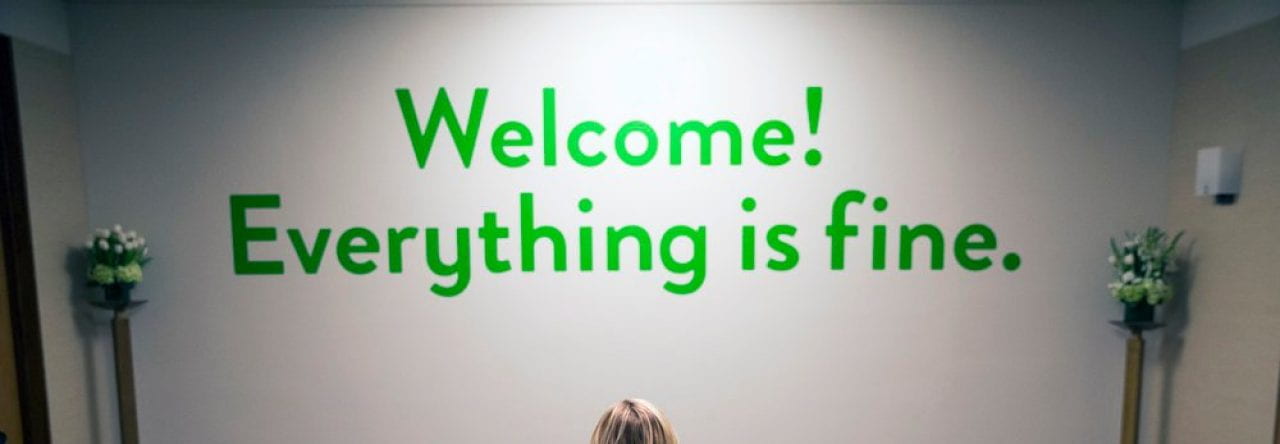Gender representation in television and how it affects consumers is an important area of study. This is because there is not a wealth of information available, and the people on TV are placed in positions of power and credibility, able to affect society’s views and ideas.
Therefore, our research is intended to show potential differences in people’s perceptions of female and male anchors, specifically Savannah Guthrie and Carson Daly of the Today Show. These two individuals were chosen due to their popularity both on a widely viewed television show and on social media. In order to answer our research question, we will analyze and categorize the types and frequencies of viewers’ comments on the news anchors’ Twitter posts over the month of September.
Based on background research, there appears to be a dichotomy in the way that males and females are judged within the field of news television. For example, when we analyzed several articles, we found that women are judged more on their appearance than their male counterparts, and women are less likely to be perceived as credible sources concerning more serious topics such as economics and politics and instead limited to speaking primarily on domestic issues (Hetsroni). Conversely, it has also been proven that some audiences find women to be more trustworthy and credible than their male counterparts. In fact, the first female broadcasters were hired due to focus groups done by corporations that wanted a female voice on television (Allen). However, on the social media side, another study hypothesized that social media would equalize the playing field between men and women, but the data revealed that social media served more as another platform for women to be criticized (Finneman).
The apparent contradiction in the role and perception of men and women in broadcasting roles creates interesting and important questions. This study matters because even though there has been an increase in female representation on television news, often times women are held to different standards than their male counterparts and face greater levels of criticism from viewers. Through our research, we hope to be able to shed light on the way that gender affects how news anchors are perceived by their audiences, specifically through Twitter.
Works Cited
Allen, Craig. “Gender Breakthrough Fit for a Focus Group: The First Women Newscasters and Why they Arrived in Local TV News.” Journalism History, vol. 28, no. 4, 2003, pp. 154-162.ProQuest, http://prx.library.gatech.edu/login?url=https://search.proquest.com/docview/205353743?accountid=11107.
Finneman, Teri and Joy Jenkins. “Sexism on the Set: Gendered Expectations of TV Broadcasters in a Social Media World.” Journal of Broadcasting & Electronic Media, vol. 62, no. 3, Sept. 2018, pp. 479-494. EBSCOhost, doi: 10.1080/08838151.2018.1484292.
Hetsroni, Amir, and Hila Lowenstein. “Is She an Expert Or just a Woman? Gender Differences in the Presentation of Experts in TV Talk shows.” Sex Roles, vol. 70, no. 9-10, 2014, pp. 376-386. ProQuest, http://prx.library.gatech.edu/login?url=https://search.proquest.com/docview/1531890816?accountid=11107, doi:http://dx.doi.org/10.1007/s11199-014-0370-z.

Comments are closed.